Gunsan Modern History Museum (군산근대역사박물관)
14.2 Km 24722 2024-04-06
240, Haemang-ro, Gunsan-si, Jeonbuk-do
The Gunsan Modern History Museum covers the history of Gunsan's transformative role as an international trading port. The museum exhibits past images of Gunsan, showing the city's rise and importance as a West Sea maritime distribution port.
Guesthouse Yeojeong [Korea Quality] / 게스트하우스 여정 [한국관광 품질인증]
14.2 Km 247 2024-04-07
25 , Guyeong 2-gil, Gunsan-si, Jeonbuk-do
+82-10-8098-2202
Guesthouse Yeojeong (‘Journey’) stands on Modern Culture Street in Gunsan, Jeollabuk-do, and offers two types of accomodation: Korean-style ondol-heated rooms and a room with wooden bunk beds. The owner lives on the first floor and takes good care of the guests. In the common living room, there are books, music, and photos and paintings of Gunsan from the 1920s and 1930s - giving it a bohemian feel. A simple breakfast of toast, eggs, coffee and fruit is provided. Tourist attractions such as Chowon Photo Studio, Iseongdang Cafe, and Dongguksa Temple are all reachable on foot.
Wolmyeong Park (월명공원)
14.6 Km 9007 2024-04-07
26-3, Wolmyeonggongwon 1-gil, Gunsan-si, Jeonbuk-do
+82-63-450-4000
Wolmyeong Park is a popular tourist destination in Gunsan and
connects five mountains in the vicinity. The park has 12 kilometers of walking trails, as well as an observatory, sculpture park, and various monuments. From Susi Tower, which resembles a flame or wind-blown sail, people can see all of downtown Gunsan, the sea to the south of Gunsan, the mouth of the Geumgang River, and the large Janghang smelting factory.
The park has well-arranged gardens and 30-year old rattan and cherry trees. A cherry blossom photo contest is held every April, when the park is covered in cherry blossoms.
Surawon (수라원)
14.6 Km 21068 2024-02-26
641-9, Jangsan-ro, Janghang-eup, Seocheon-gun, Chungcheongnam-do
0507-1435-6250
Surawon is a hanu (Korean beef) and bulgogi restaurant located at the estuary where the Geumgang River meets the Yellow Sea, allowing visitors to have a great view of the sea, the river, tidal flats, and the city of Gunsan beyond the river. The menu includes seoksoe bulgogi (grilled bulgogi), dwaeji galbi jjim (braised pork galbi), so galbi jjim (braised beef galbi), and hanu gui (grilled Korean beef). The nearby Geumgang Estuary Embankment is famous for the view of thousands of migratory birds dancing above the water, while the city of Gunsan across the Dongbaekdaegyo Bridge is known for its modern architecture and historical sites.
Gunsan Daejeon Hoetjib (군산대전횟집)
14.6 Km 0 2024-04-07
149 Naehang 2-gil, Gunsan-si, Jeonbuk-do
Gunsan Daejeon Hoetjib is a popular local recommendation known for its fresh sliced raw fish and upscale side dishes. Located just a 10-minute drive from Gunsan Port, customers can enjoy their meal while admiring the view of Dongbaekdaegyo Bridge and the inner harbor of Gunsan. The signature menu item is the modeum hoe (assorted sliced raw fish) featuring a variety of fish such as flatfish, rockfish, sea bass, and sea bream, along with steamed lobster.
Gunsan Geumgang Estuary Bank (금강하구둑(군산))
15.2 Km 39486 2024-04-07
120, Cheolsae-ro, Gunsan-si, Jeonbuk-do
+82-63-454-3353
Geumgang Estuary Bank was completed in 1990 as part of an agricultural development project for 6 cities and counties in Chungcheongnam-do and Jeollabuk-do. The Korea Agricultural and Rural Infrastructure Corporation invested approximately 100 billion won for the project and the construction lasted for 8 years. The estuary bank can hold up to 130 million tons of water. The 1,840-meter long bank serves a bridge that connects Chungcheongnam-do to Jeollabuk-do.
Aside from being the source of water for agricultural and industrial use in Jeollabuk-do and Chungcheongnam-do, the bank also provides flood control for the area around Geumgang River. It helps keep Gunsanhang Port operational by preventing soil
and sand from accumulating at the mouth of the river. It also prevents the backwash of seawater from causing damage to farmlands. Geumgang Estuary Bank has an important role as a tourist destination by connecting Gunsan and Janghang.
Byeokgolje Museum of Agricultural Culture (벽골제 농경문화 박물관)
15.2 Km 13440 2024-04-06
442, Byeokgolje-ro, Gimje-si, Jeonbuk-do
+82-63-540-4989
The largest irrigation facility in Korea, Byeokgolje Reservoir (Historic Site) is considered the birthplace of Korea’s rice-farming culture. All that remains of the reservoir today are a three-kilometer long embankment that spans from Sinyong-ri to Wolseung-ri in Buryang-myeon, Gimje-si and a monument that was erected in 1415. The Byeokgolje Museum of Agricultural Culture exhibits around 250 artifacts related to rice farming; located within the same complex is an experience center where visitors can discover many properties of irrigation facilities first-hand.
Byeokgolje Reservoir Site (김제 벽골제)
15.3 Km 12833 2024-04-07
442 Byeokgolje-ro, Buryang-myeon, Gimje-si, Jeonbuk-do
+82-63-540-4094
Byeokgolje Reservoir Site is home to the embankment and stele recording reconstruction for Korea’s first ever reservoir. Records show it was rebuilt in the 6th year of King Wonseong of Silla (790), the 21st year of King Hyeonjong and King Injong of Goryeo (1143), and then again in the 15th year of King Taejong of Joseon (1415). It was lost due to heavy rain in 1420 (the 2nd year of King Sejong's reign).
Currently, only about 3 kilometers of straight embankment remains on the site. In 1925, the Dongjin Land Improvement Association remodeled this embankment and used it as a channel for providing water for farming, thus losing a lot of its original appearance. A monument was erected on the north side of the embankment to commemorate the rebuilding of Byeokgolje Reservoir during the Joseon Dynasty. However, it is difficult to read the writing because it is worn out.
In 1975, two sites with water gates that controlled the water in the reservoir were excavated, and the results showed that the construction used large-scale, high-level engineering technology. Byeokgolje Reservoir is not only significant in that it was Korea's first reservoir but also proves that the country’s civil engineering technology was developed enough to build such a reservoir at the time, revealing a groundbreaking fact in the history of science and technology in Korea.
Nearby tourist attractions can be visited together: Byeokgolje Agricultural Museum, where you can get a glimpse of the old agricultural culture, Theme and Experience Space for Agriculture, and Byeokcheon Art Gallery, which displays the works of Na Sang-mok, an Oriental Painting artist in Korea.
* Pets are allowed; however, a leash is required.
Gimje Horizon Festival (김제지평선축제)
15.3 Km 41022 2024-04-07
442 Byeokgolje-ro, Buryang-myeon, Gimje-si, Jeonbuk-do
+82-63-540-3172
Gimje Horizon Festival takes place in the heart of the Honam rice bowl and is the only place in Korea to see the far-distant horizon. The festival aims to show the importance of Korea’s farming culture, which is an important foundation of the nation, with the theme of the sky and land meeting at the horizon. Many dynamic and active programs are available for festival-goers to participate in before the golden horizon.
Arirang Literature Museum (조정래 아리랑문학관)
15.5 Km 17652 2024-04-07
24, Yongseong 1-gil, Gimje-si, Jeonbuk-do
+82-63-540-3934
Located in Gimje, Jeollabuk-do, Arirang Literature Museum (Jo Jung-rae Arirang Literature Museum) was opened in May, 2003. The museum displays materials related to Jo Jung-rae’s novel "Arirang," a work praised to have x_heightened Korea's literature standards in aspects of cultural, literary, and popular value. "Arirang" takes place during the time of Japanese colonization, vividly describing the pain and common racial values which people shared as a whole amidst the suffering and efforts that were made to bring Korea's independence a step closer.

![Guesthouse Yeojeong [Korea Quality] / 게스트하우스 여정 [한국관광 품질인증]](http://tong.visitkorea.or.kr/cms/resource/12/2652012_image2_1.jpg)
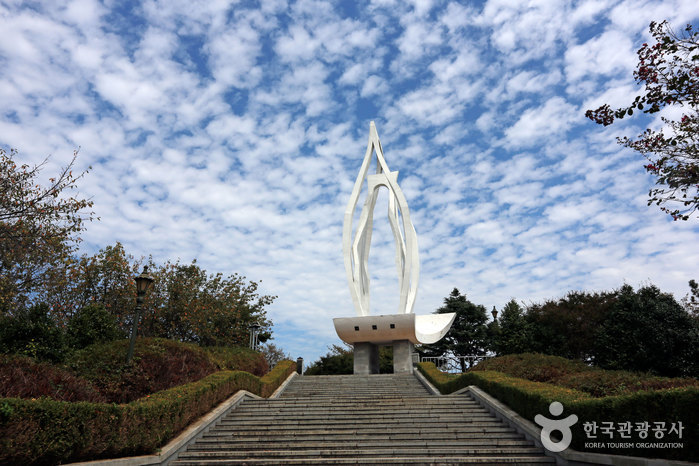
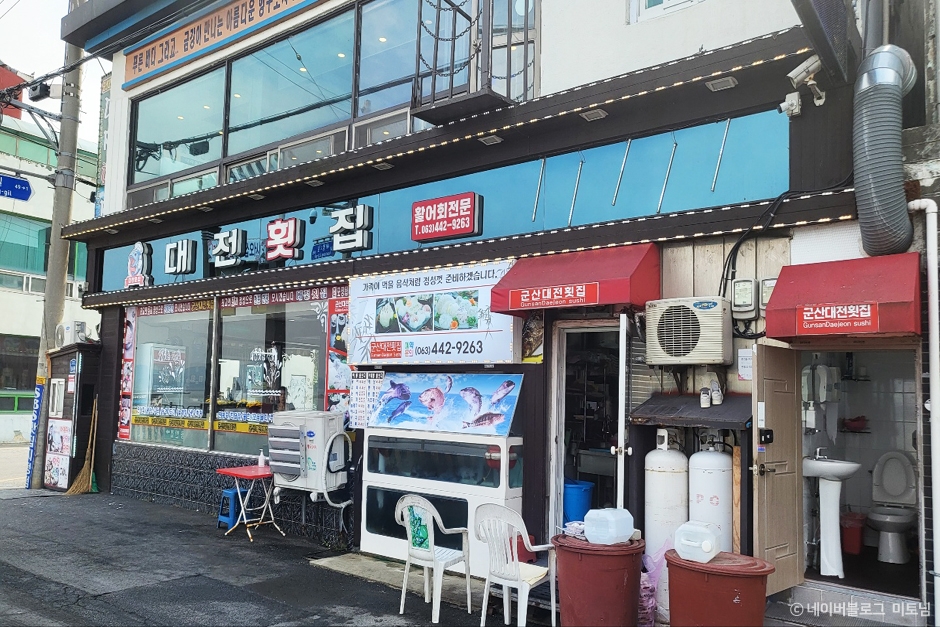
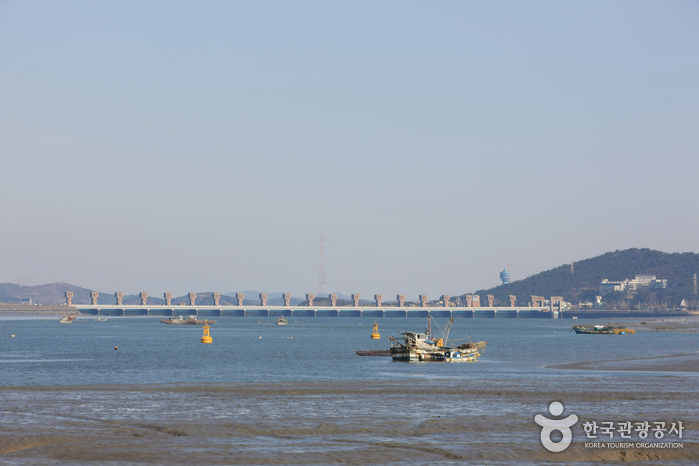
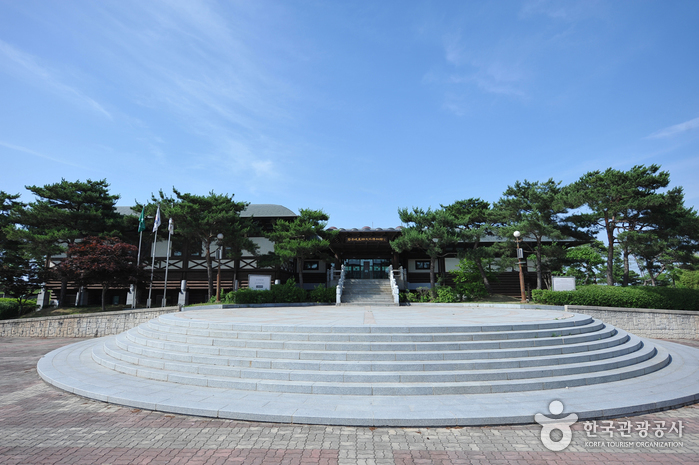
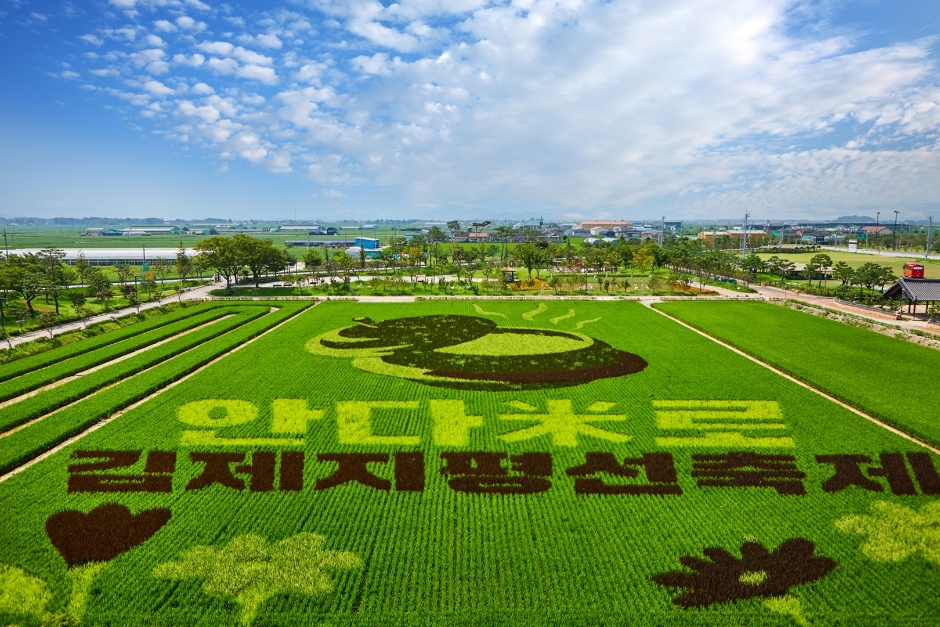
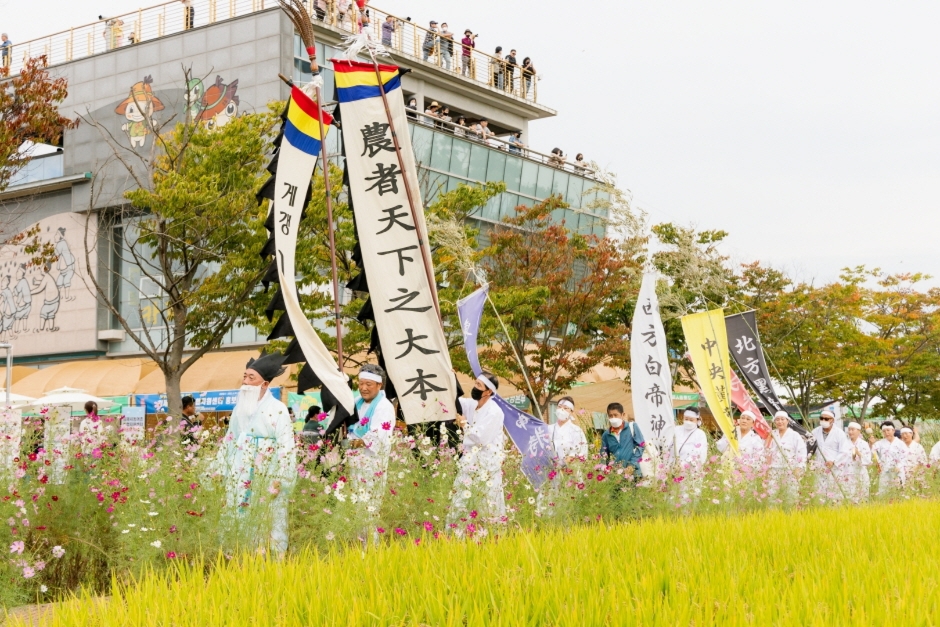
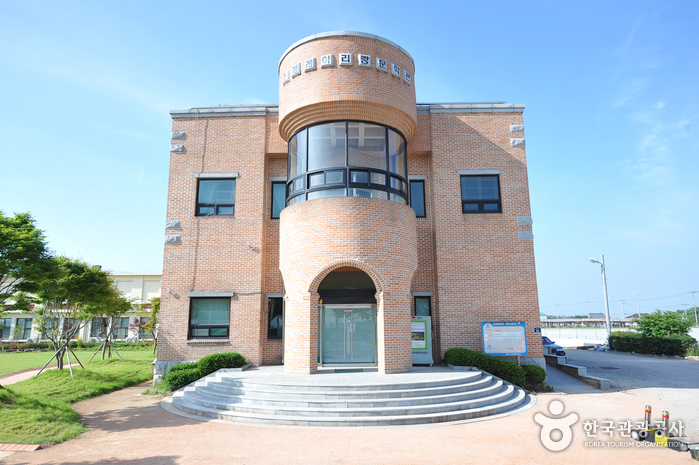
 English
English
 한국어
한국어 日本語
日本語 中文(简体)
中文(简体) Deutsch
Deutsch Français
Français Español
Español Русский
Русский